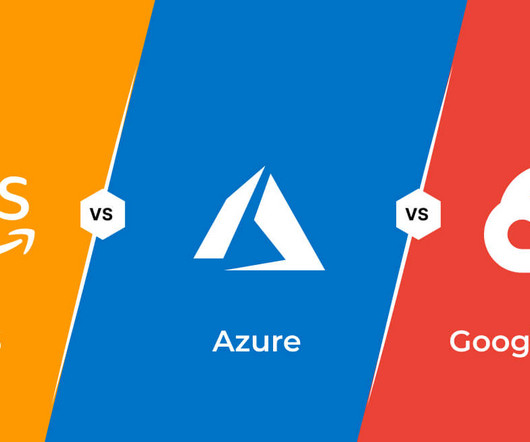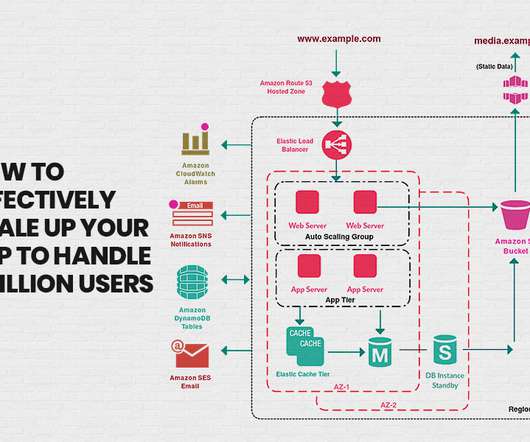Third Party Optimization Tools v. AWS Native Tools
Hypergrid
JANUARY 21, 2019
Trusted Advisor (charged as a percentage of total AWS spend) makes recommendations to reduce cost, including identifying target EC2 instances to convert to RIs, underutilized EC2 resources such as instances, load balancers, EBS volumes and Elastic IP addresses. Lambda – Cost Optimization. Recommend alternate clouds.


















Let's personalize your content